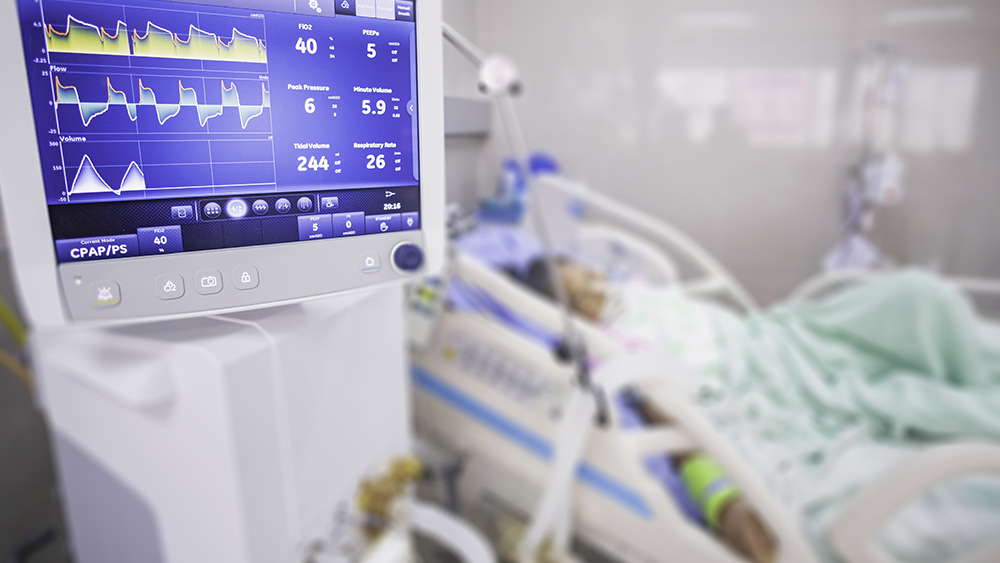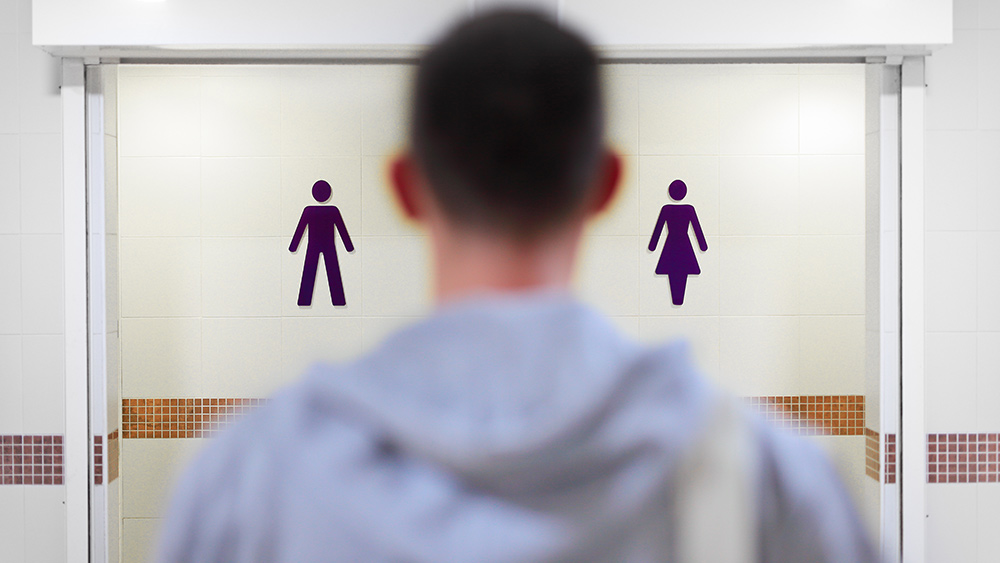China launching world’s first AI training hospital
12/09/2024 / By Cassie B.

China has opened the world’s first AI hospital, and the researchers behind the project claim that robot doctors working at the facility can treat thousands of virtual patients per day using large language models (LLMs).
Researchers believe that the virtual facility, which will be used for training doctors in a simulated environment rather than as an actual hospital, will be able to save millions with its autonomous interaction with patients. It is expected to be fully operational by some time next year and is the result of six months of research and development by researchers from Tsinghua University in Beijing.
The facility can treat more than 10,000 patients in a few days, which is something that they say would take human doctors two years to accomplish. It includes 14 AI doctor “agents” and four nursing agents in an environment that was created to emulate a real-world medical practice to give medical students a risk-free training environment.
Chinese researchers report that tests show their AI doctor agents can achieve an accuracy rate of more than 93 percent on the official U.S. medical licensing exam questions. They can simulate the full process of diagnosing and treating patients for a variety of ailments, from consultation and examination to diagnosis, treatment and follow-ups.
At the facility, medical students will be able to experience advanced training opportunities by treating virtual patients and coming up with treatment plans without putting the health of real patients in jeopardy if they make the wrong decisions. The university’s researchers said that their AI hospital town is capable of simulating and forecasting numerous medical situations, including outbreaks of infectious diseases.
AI is proving to be valuable in many areas of medicine
Although the idea of hospitals equipped with AI doctors may sound a bit scary, it is worth noting that there are shortages of doctors around the world. Many of those in the field are extremely overworked, which can compromise the quality of the care they provide. This type of support could enable doctors to better focus their efforts on areas of healthcare that AI cannot handle.
AI has already made a name for itself in healthcare functions such as predictive analytics and medical imaging and diagnostics. Experts project that AI in healthcare could be an industry worth $188 billion by the end of this decade given its many uses in medicine. It has shown particular promise for diagnostics. For example, IBM’s Watson diagnosed heart disease better than cardiologists did, while smartphone apps are capable of detecting skin cancer with incredible accuracy. The UK’s National Health Service has been using chatbots to give people medical advice.
A study published in the journal JAMA Network Open looked at how doctors’ diagnoses compared to those of ChatGPT. It found that doctors who used ChatGPT-4 and conventional resources did slightly better than those doctors who relied on conventional resources alone, but in the cases where ChatGPT was used by itself without input from doctors, it outperformed the physicians. The chatbot received a 90 percent accuracy score, while doctors who worked with the chatbot had an average score of 76 percent and those who didn’t use it at all had a 74 percent average score.
While there will always be a place for human doctors in healthcare, when it comes to tasks such as diagnosis, this technology is showing incredible promise. Even though its results should always be reviewed by trained medical professionals, it could help eliminate human error and flawed intuition and improve patients’ outcomes.
Sources for this article include:
Submit a correction >>
Tagged Under:
AI, China, diagnosis, doctors, future tech, glitch, healthcare, hospitals, medical tools, progress
This article may contain statements that reflect the opinion of the author
RECENT NEWS & ARTICLES
HospitalHomicide.com is a fact-based public education website published by HospitalHomicide.com Features, LLC.
All content copyright © 2021 by HospitalHomicide.com Features, LLC.
Contact Us with Tips or Corrections
All trademarks, registered trademarks and servicemarks mentioned on this site are the property of their respective owners.




















